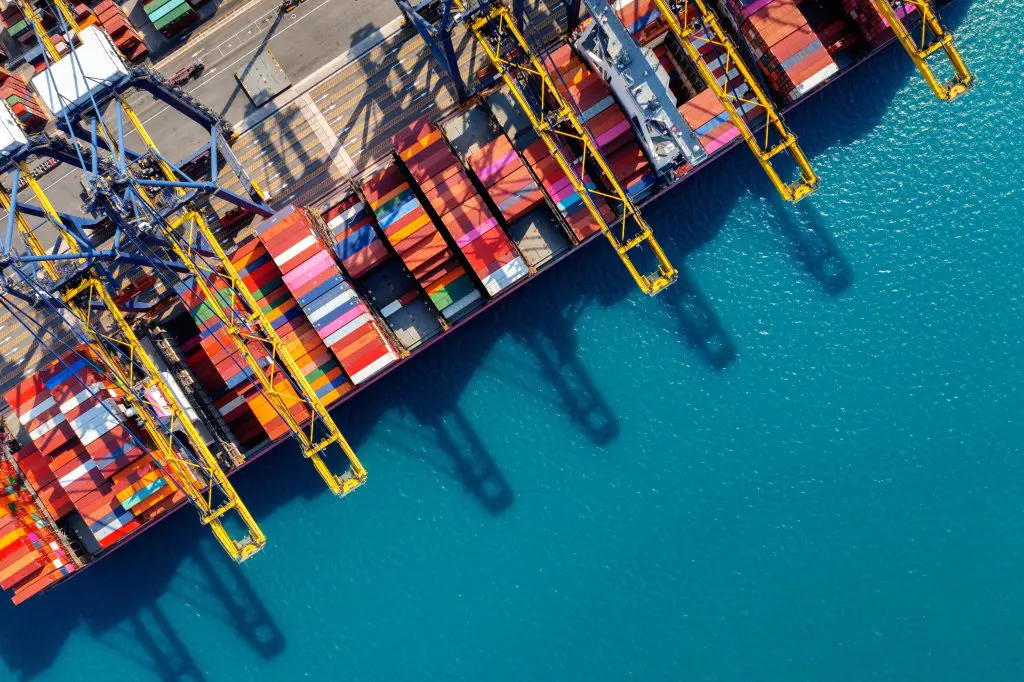While Australia is the largest exporter of many important goods worldwide, there is a need for more investment in infrastructure planning to support future growth.
The country’s ports are not yet ready to accommodate the projected increase in container volumes. The stakeholders have identified an urgent need for longer berths and cranes that can handle larger ships as well as reduce congestion at peak times by increasing capacity through automation. Longer berths are also required to allow for greater flexibility when sending large vessels away from their home port (to take advantage of favorable winds or tides) before returning again later with cargo.
Ports must invest in more efficient container terminals.
In order to improve the efficiency of their supply chains, ports must invest in more efficient container terminals. While it is difficult to measure port sustainability and efficiency, overcapacity has led to a significant increase in the number of empty containers that need to be transported back and forth between the cargo terminal and the ships waiting at anchor. These empty containers are often carried on trucks, which consumes fossil fuels that contribute significantly to carbon emissions.
In addition to increasing their carbon footprint, inefficient ports also increase costs for shipping companies and their customers because they have more equipment idling around waiting for work instead of being used productively. Inefficient port operations also result in longer wait times at port gates due to congestion caused by too many trucks moving slowly through congested pathways with insufficient capacity or space along shorelines where they can queue before entering a facility’s gates.
Longer berths and more cranes are needed.
In order to reduce the cost of shipping, cranes need to be more efficient. For example, it’s possible to save as much as 40 percent on fuel costs by using a newer crane that can load containers faster. Currently, there are few such cranes available in the market.
Longer berths are also a necessity for increased container volumes at ports; they allow ships to dock and unload more cargo per trip. However, there is currently no standard length for container berths across different ports around the world. Longer berths would allow bigger vessels with larger capacities—which are needed for transporting large volume loads like steel or grain—to take advantage of economies of scale and reduce costs associated with cargo handling equipment investments (e.g., cranes).
Reducing port congestion is a priority for national trade.
Reducing port congestion is a priority for national trade. The ARA has been working with stakeholders to develop a comprehensive plan for reducing port congestion and enhancing efficiency.
Examples of projects include:
Increasing container volumes at the Port of Brisbane, which will help reduce bottlenecks in peak times for importing and exporting goods;
Improving handling capacity and throughput at ports in Victoria through the introduction of new technologies such as automated stacking cranes, and modernizing existing facilities;
Redesigning infrastructure assets so they can handle more cargo;
The Australian Ports Association has called on the government to ensure that ports are ready for a future in which container volumes increase threefold. Australia’s ports must “prepare and plan for this growth by investing heavily in new infrastructure, dredging works and upgrades”. However, we need the government to play its part by ensuring that our infrastructure is well managed so we can continue to keep pace with this growth.
Conclusion
We cannot assume that current infrastructure will be able to cope with future growth in container trade for freight transportation. The government should ensure Australia’s ports are resilient by investing in increased container volumes and new technology.

